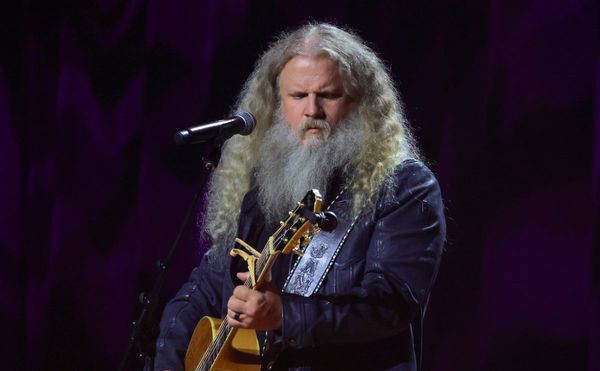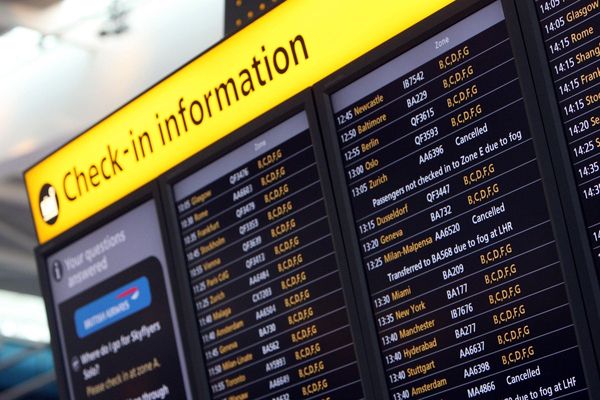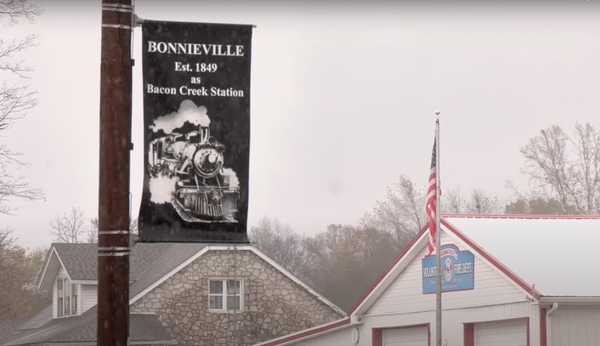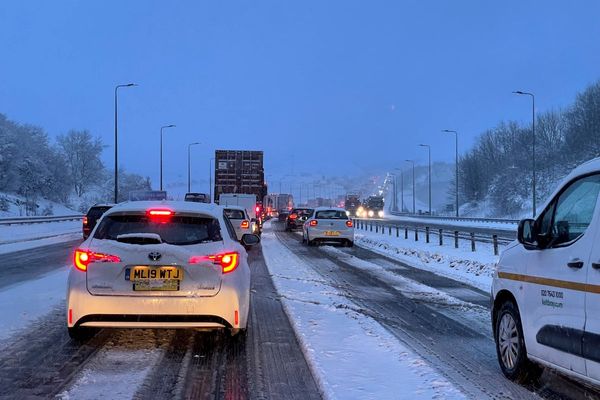
Through evolution, animals have developed an array of defenses to help protect against predators. Porcupines use quills to fend off attackers; turtles hide under protective shells; skunks spray their enemies. But what happens when the "predator" is an automobile?
"All of those strategies — a skunk spray or a porcupine's quills or a turtle shell — those worked for thousands of generations against coyotes and foxes and hawks and other more natural predators," environmental journalist Ben Goldfarb says. "But against an F-250 barreling down I-90, they're not only useless, they're actually maladaptive. Standing your ground and hunkering down is the worst possible thing you can do."
In his new book, Crossings: How Road Ecology is Shaping the Future of Our Planet, Goldfarb explains how roads and cars are changing the lives of wildlife all over the world — and how roadkill has created a "crisis for biodiversity."
"For species like ocelots and Florida panthers and tiger salamanders, roadkill is a true existential threat," he says. "Roadkill is not only eliminating animals, it's in many cases eliminating those healthy animals that populations need to remain strong."
Beyond the issue of roadkill, highways are cutting off animals from their sources of food and their migration paths, while traffic noise drowns out their ability to communicate with each other. Amid these challenges, Goldfarb says, certain species have made remarkable adaptations. He notes that Chicago's coyotes allegedly look both ways before crossing the street and use crosswalks at red lights.
"We think about roads as these forces that are universally or exclusively harmful to animals, and certainly they're incredibly destructive," he says. "But wildlife is also incredibly adaptive and clever and they're finding ways to make a living in our midst."
Interview highlights

On how roads create a barrier that impedes animal movement
There are so many different road- and traffic-related ecological problems that it's hard to know where to begin. I think that one of the most pernicious ones is the barrier effect. The steady stream of traffic that rolls down so many busy highways forms what some biologists have called the moving fence, this impenetrable wall of vehicles that animals don't even attempt to cross. And I think that's a difficult problem to solve, because we've all seen the the dead deer or opossum or squirrel by the side of the road. But what you don't see are the animals that never even attempt to cross. And those animals can really suffer as a result. And in some ways, that barrier effect can be worse than roadkill itself.
On road salt
All of the road salt that we apply as a de-icer. Twenty million tons every year in the United States is running off roads and potentially changing the chemistry of vegetation along roadsides. And then there's the cadmium and the zinc and the copper from our cars, and there's the tire particles and the microplastics. So the road is a very chemically complex and potentially challenging environment for monarch butterflies and everything else.
On the problem with grass and flowers on the side of the highway
The lawn effect is problematic in that those roadsides are potentially habitat. You could imagine and many states have done this planting roadsides and pollinator-friendly flowers and shrubs that provide fruit for birds and so on. Those roadsides are, again, valuable habitat if they're managed properly. The risk is just luring animals into what scientists know is these ecological traps, these situations in which you promise resources like nectar-producing flowers or fruiting shrubs, and then you're drawing animals into this this dangerous situation.
On the impact of road noise
There's a really wonderful study that was done during the spring of 2020, during the COVID lockdown, which was really ultimately one of the biggest inadvertent experiments in the history of road ecology. What happens when you stop the vast majority of traffic for a couple of months? And what these researchers in the Bay area found was that white-crowned sparrows, these wonderful little songbirds, as soon as that traffic noise went away, they started singing songs that went into much wider ranges and were more complex and intricate. They basically became better singers because they didn't have to scream over the noise of traffic all the time, which is just an incredible testament to both how road noise is changing these animals lives and also how flexible and adaptable these animals are. They're just waiting for traffic to go away so that they can resume their natural lives.
On a proposed overpass in California that will allow wildlife to safely cross a 10-lane stretch of the 101 highway

Even calling it a bridge is in some ways a misnomer. It's really this gigantic new piece of prairie and woodland and chaparral that's going to be created from earth. It's this sort of giant span that's going to cross the highway in there. And they're also building up the habitat on either side of it so that animals feel comfortable approaching the bridge. It's going to have native plants and shrubs and trees atop it. And that's really important because mountain lions are sort of the flagship species for this ecosystem. But there are also all kinds of other critters that are affected by this freeway. There are bobcats and coyotes and deer and even small birds are, in some cases, reluctant to fly over the freeway and will benefit from being able to hop from shrub to shrub. And there are lizards and snakes and insects. And so they're trying to account for all of these different species by building different habitat features, rock piles and logjams and little oak woodlands and and just trying to account for the whole community of organisms. So it's, you know, less a bridge than essentially a new ecosystem that's being created atop this freeway.
On climate change and road ecology
One of the things that's going to happen with climate change and is already happening is that species are changing where they live. Often they're moving north or upslope into cooler, cooler climates. And that makes it even more important that we give them opportunities to cross highways. They're trying to find new habitats and roads are preventing them from doing that. One of the really cool ideas that's out there in the ether now is building new types of wildlife crossings, wildlife overpasses that are made out of different materials that are lighter and can actually be disassembled and reassembled. So you could theoretically put up a wildlife crossing for a migrating herd of elk. And then as the climate changes and that herd moves northward you could actually pick up that wildlife crossing and disassemble it and then reassemble it in the new location where the animals are migrating. So being adaptive and flexible in the kinds of solutions that we're creating and thinking about climate change is certainly something that road ecologists are trying to do and need to do.
Sam Briger and Thea Chaloner produced and edited this interview for broadcast. Bridget Bentz, Molly Seavy-Nesper and Amina Khan adapted it for the web.







